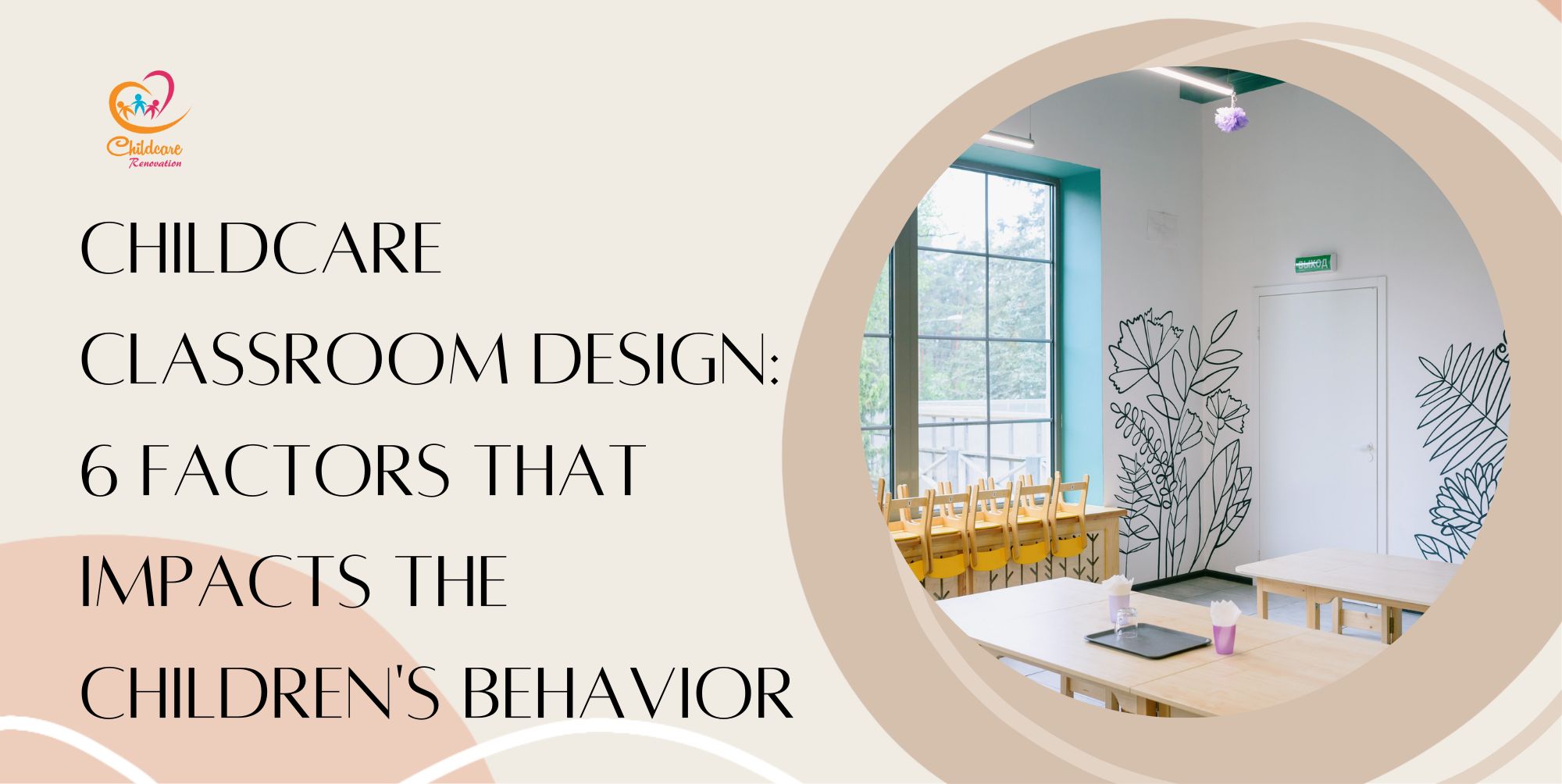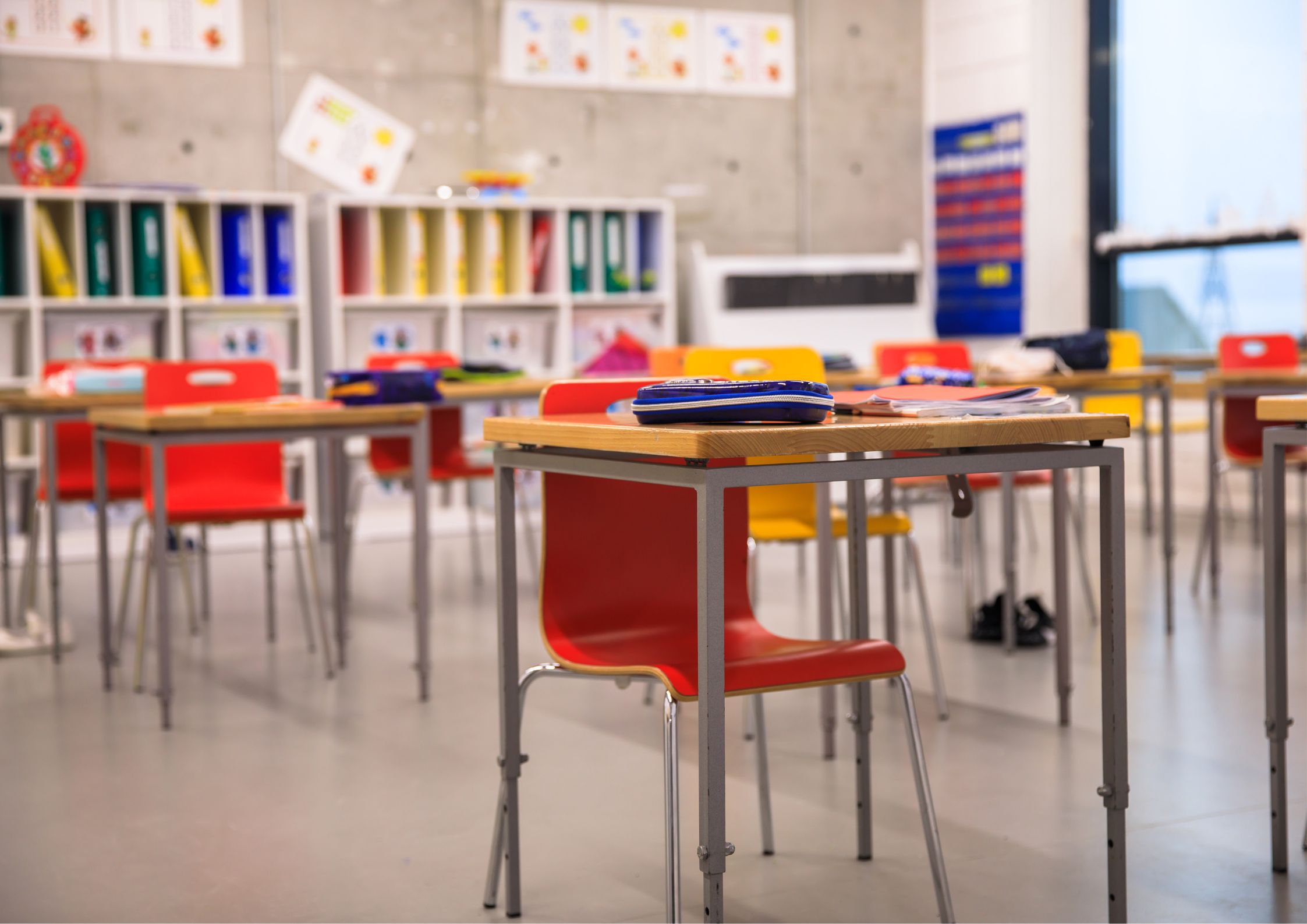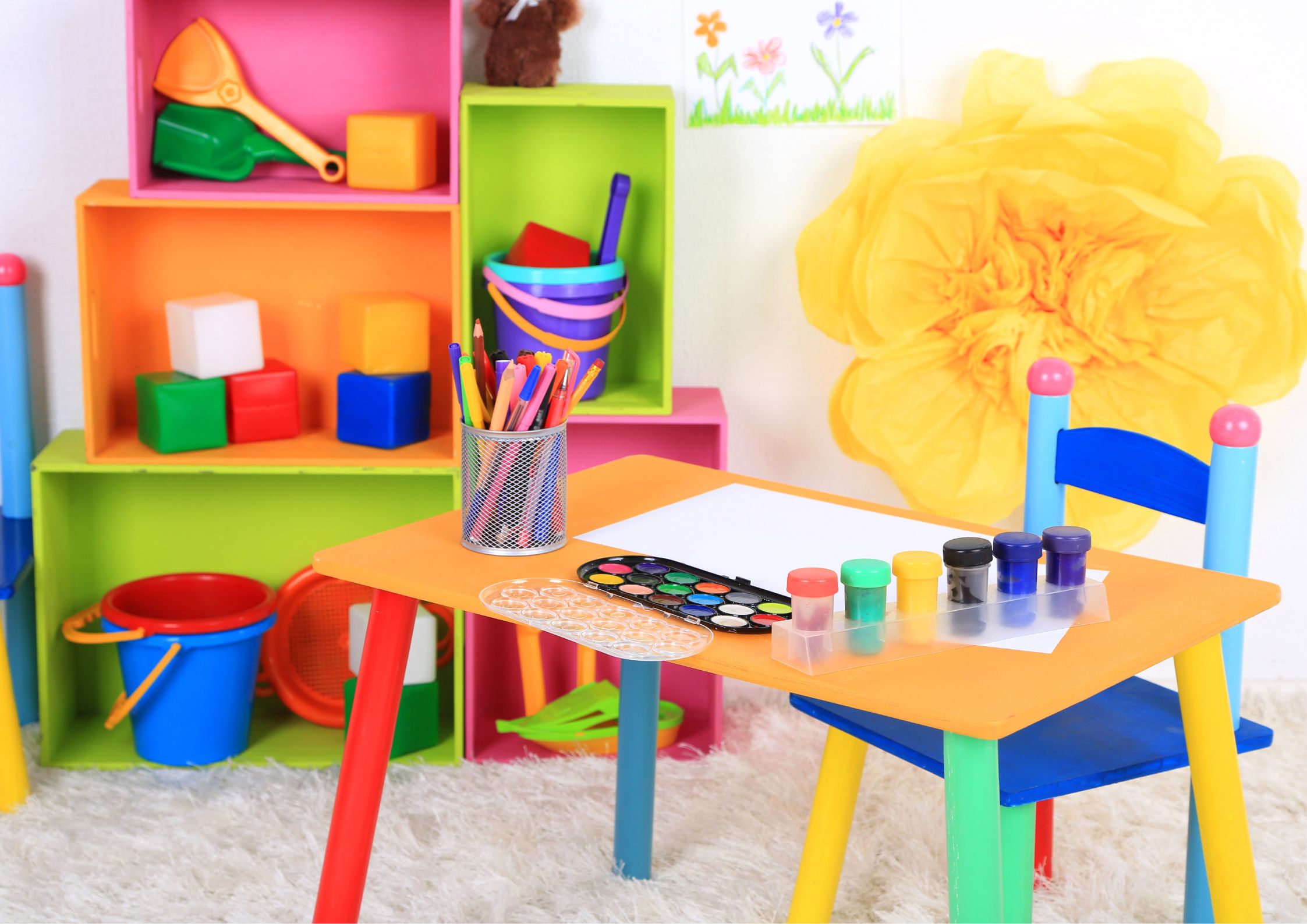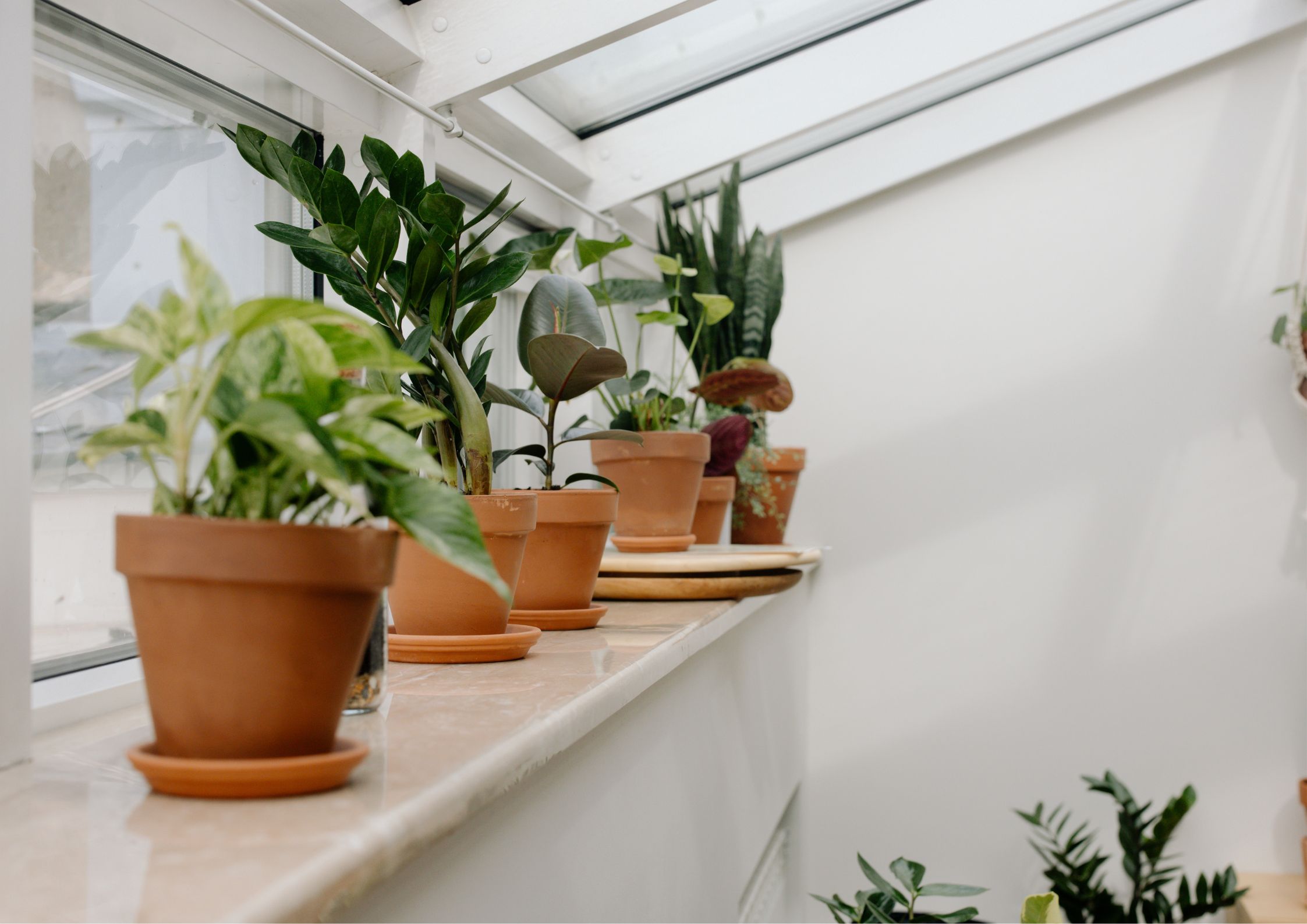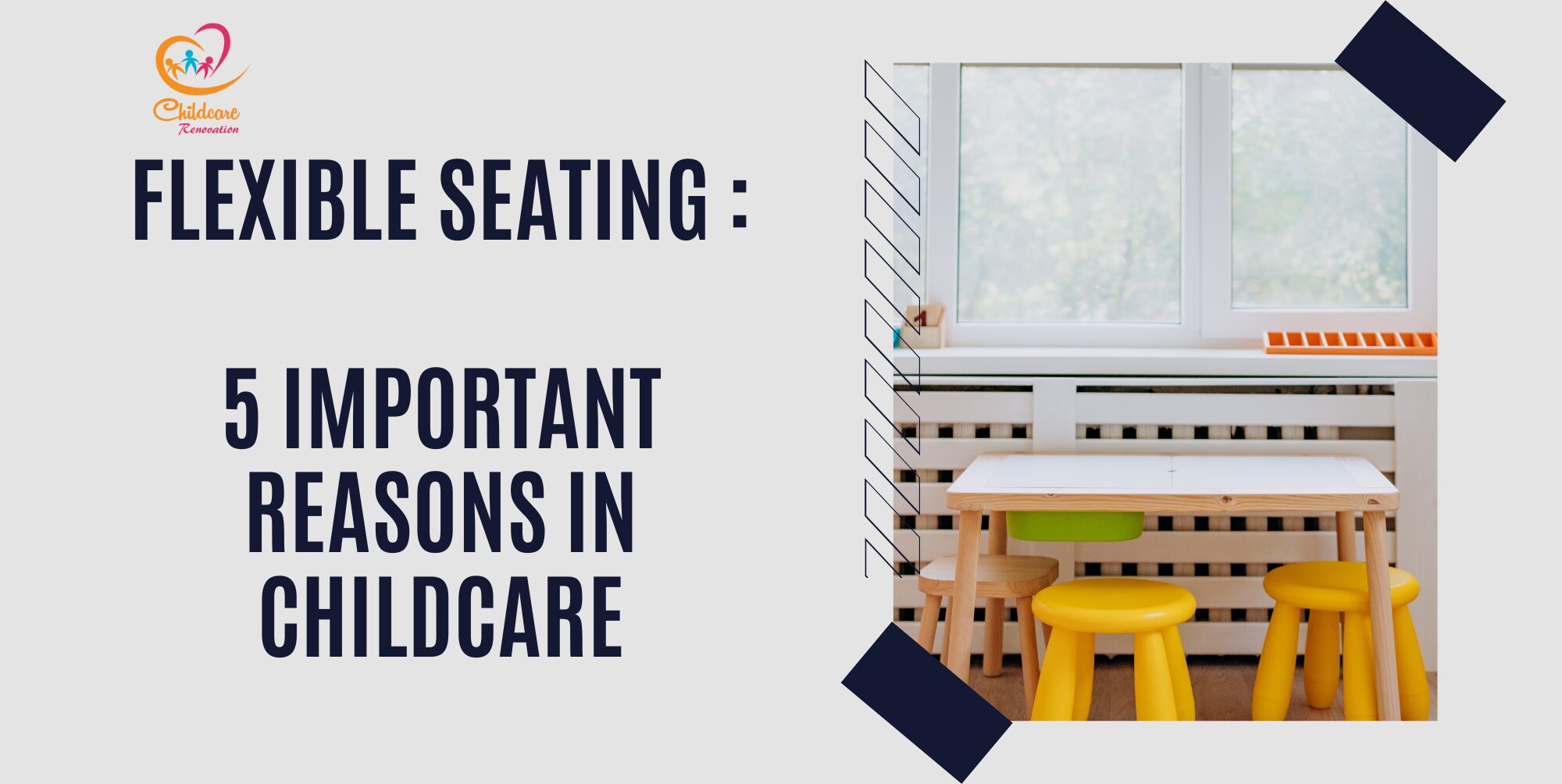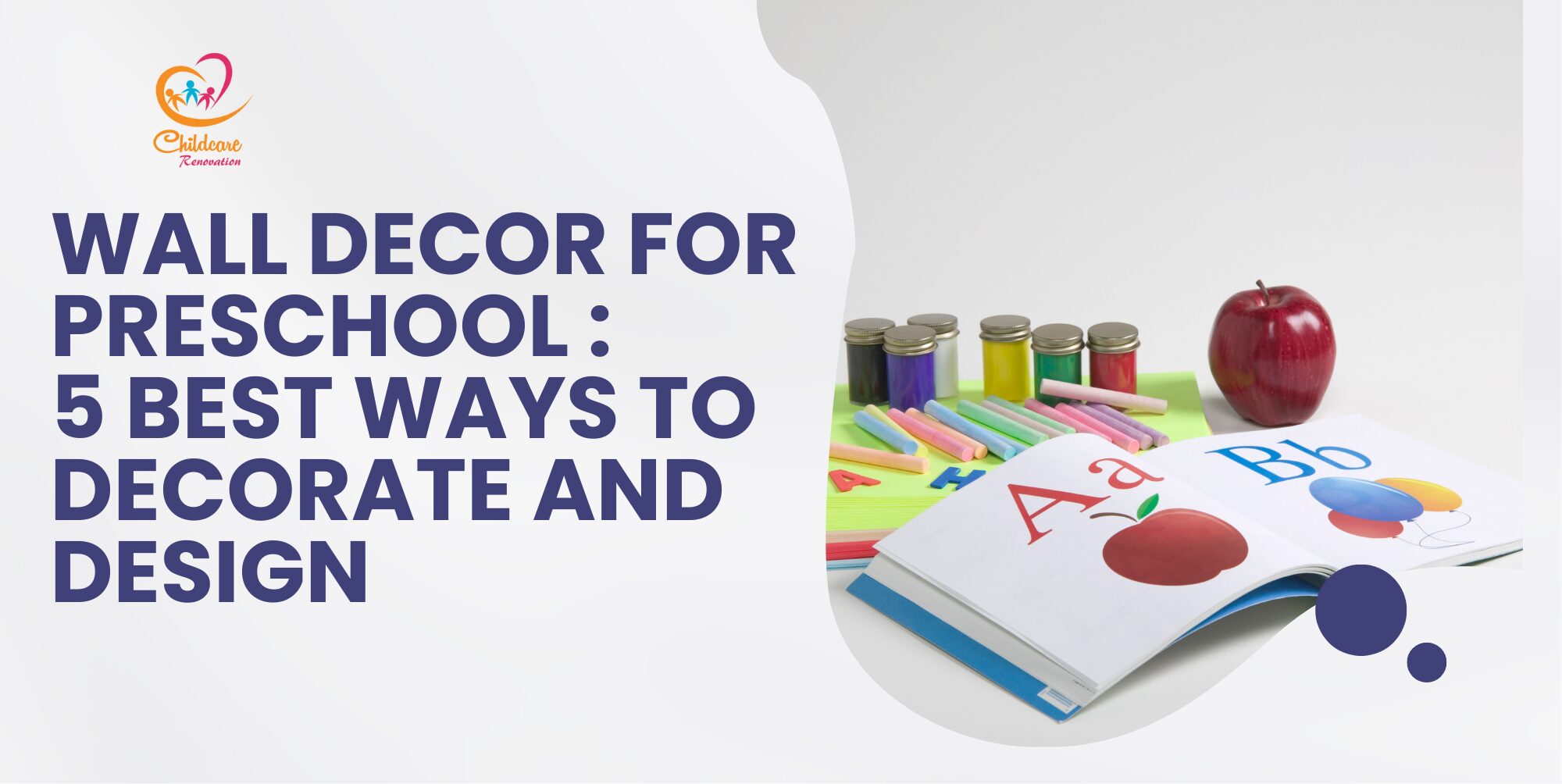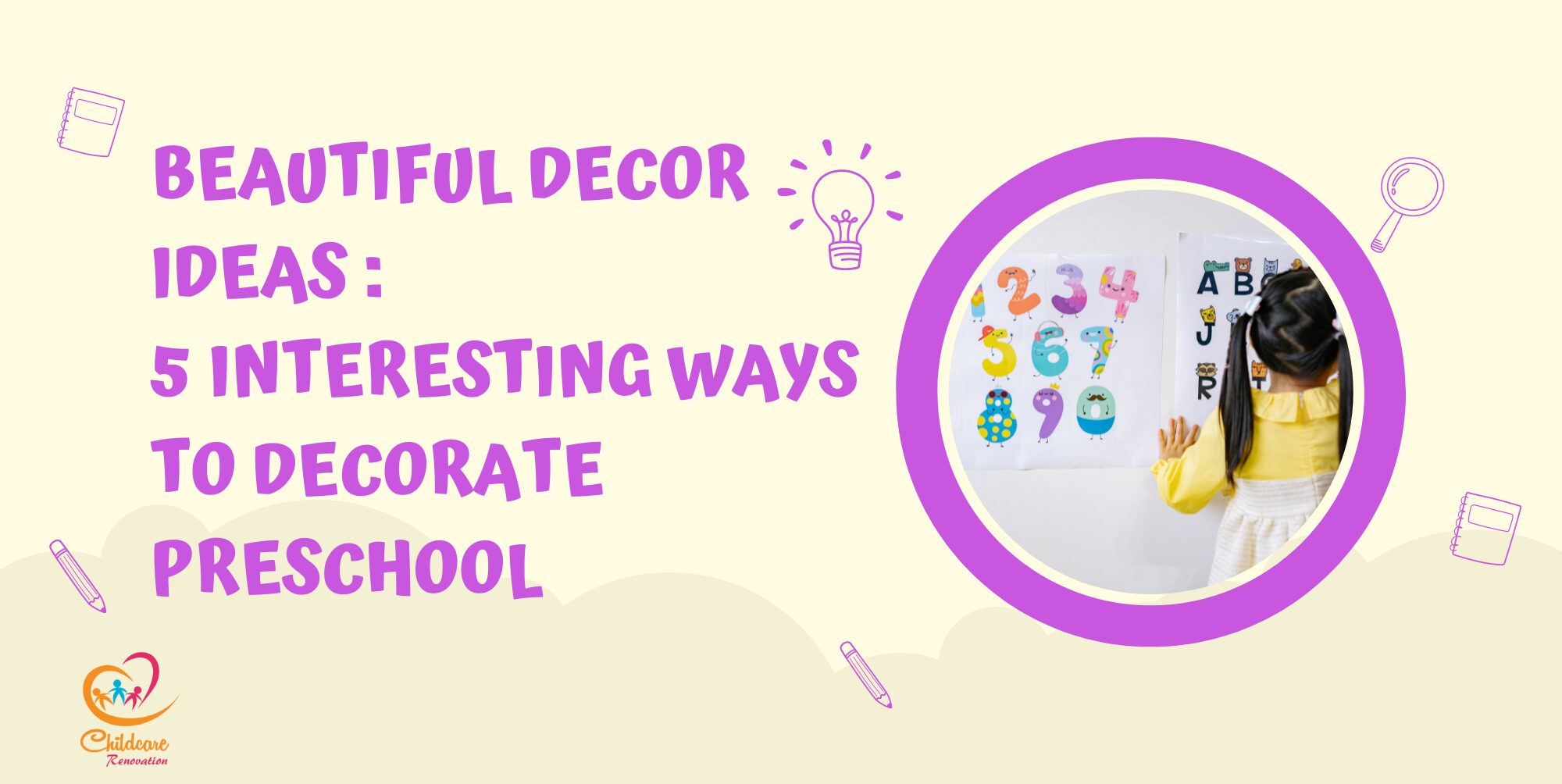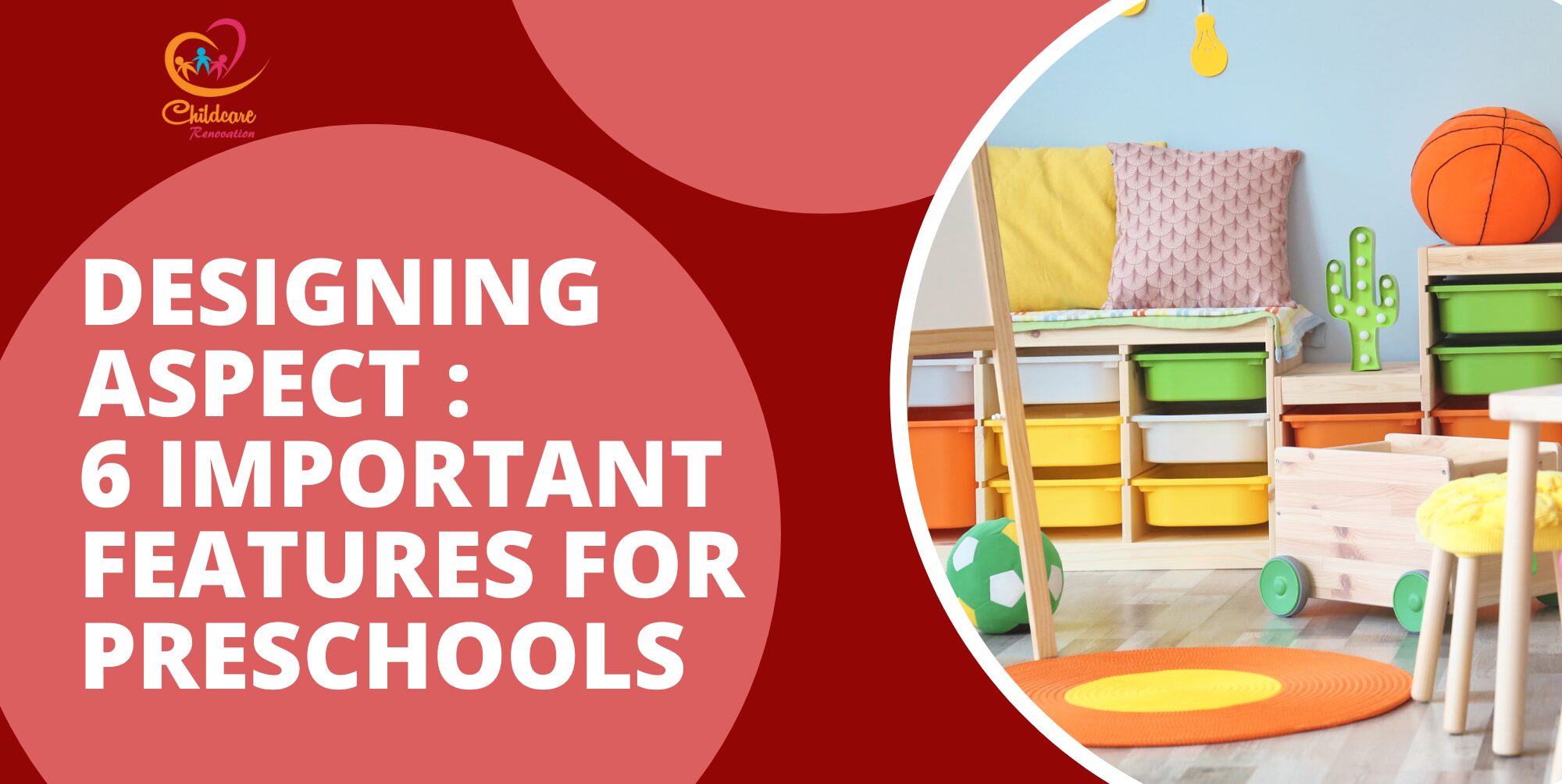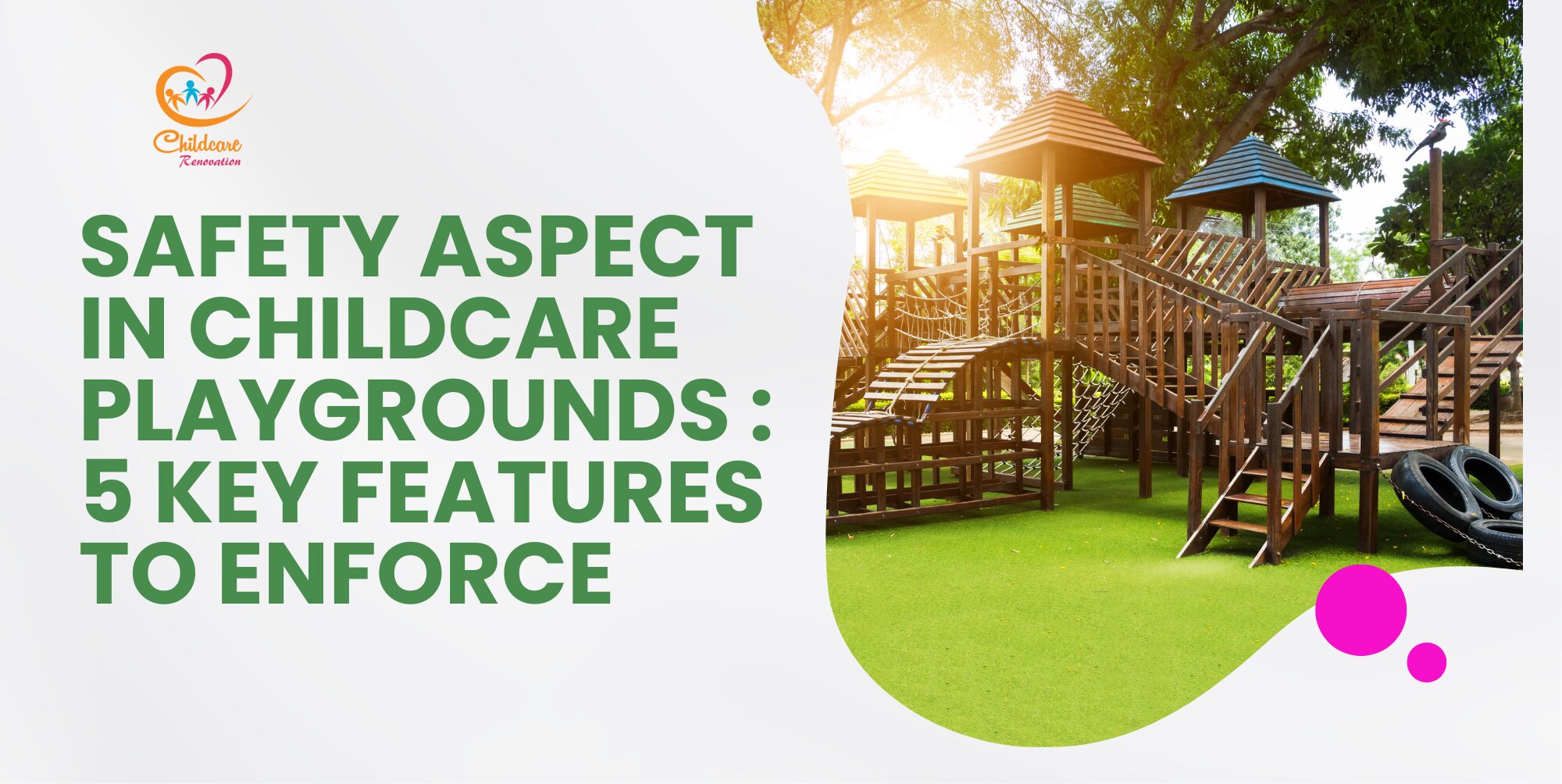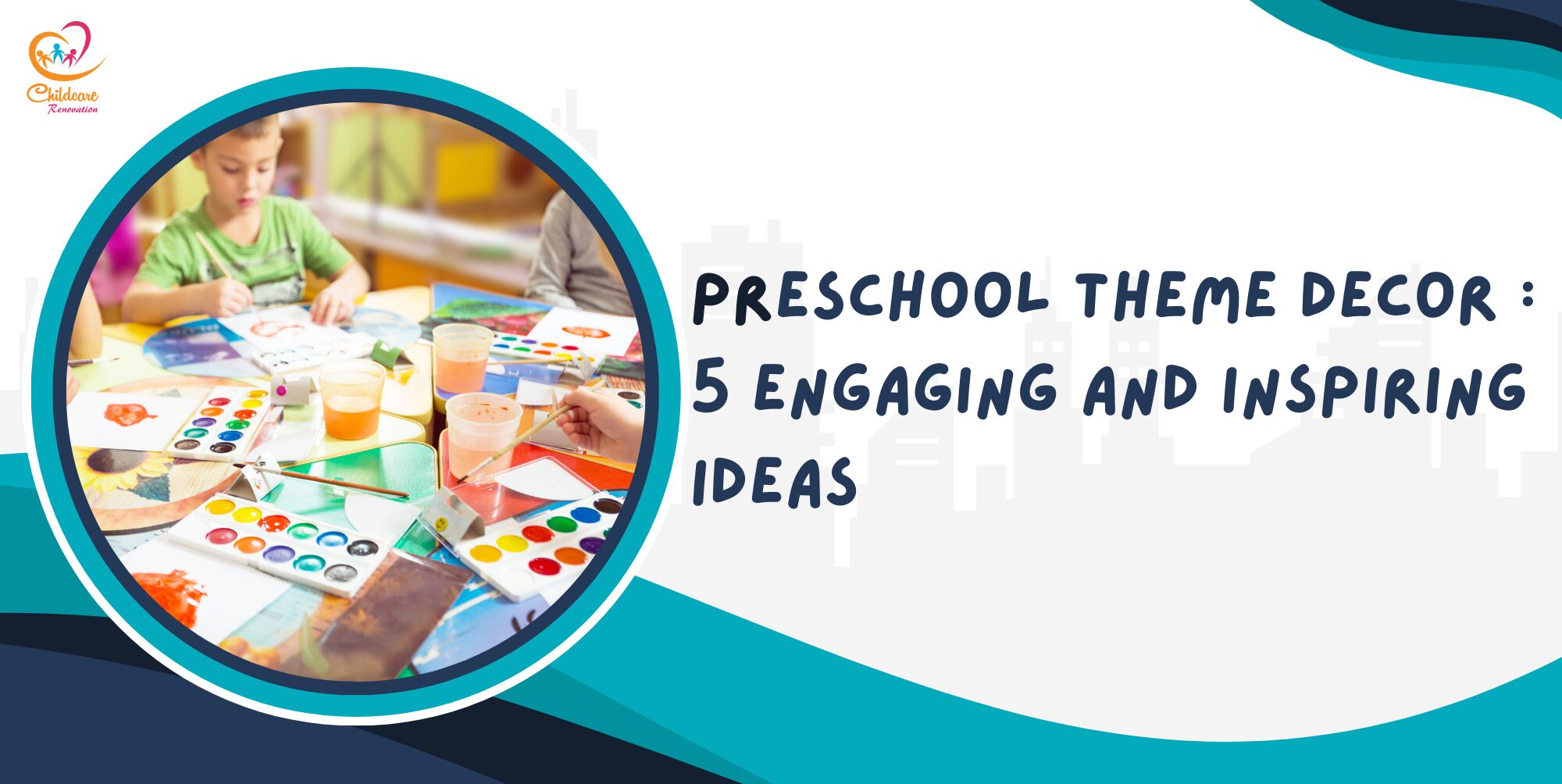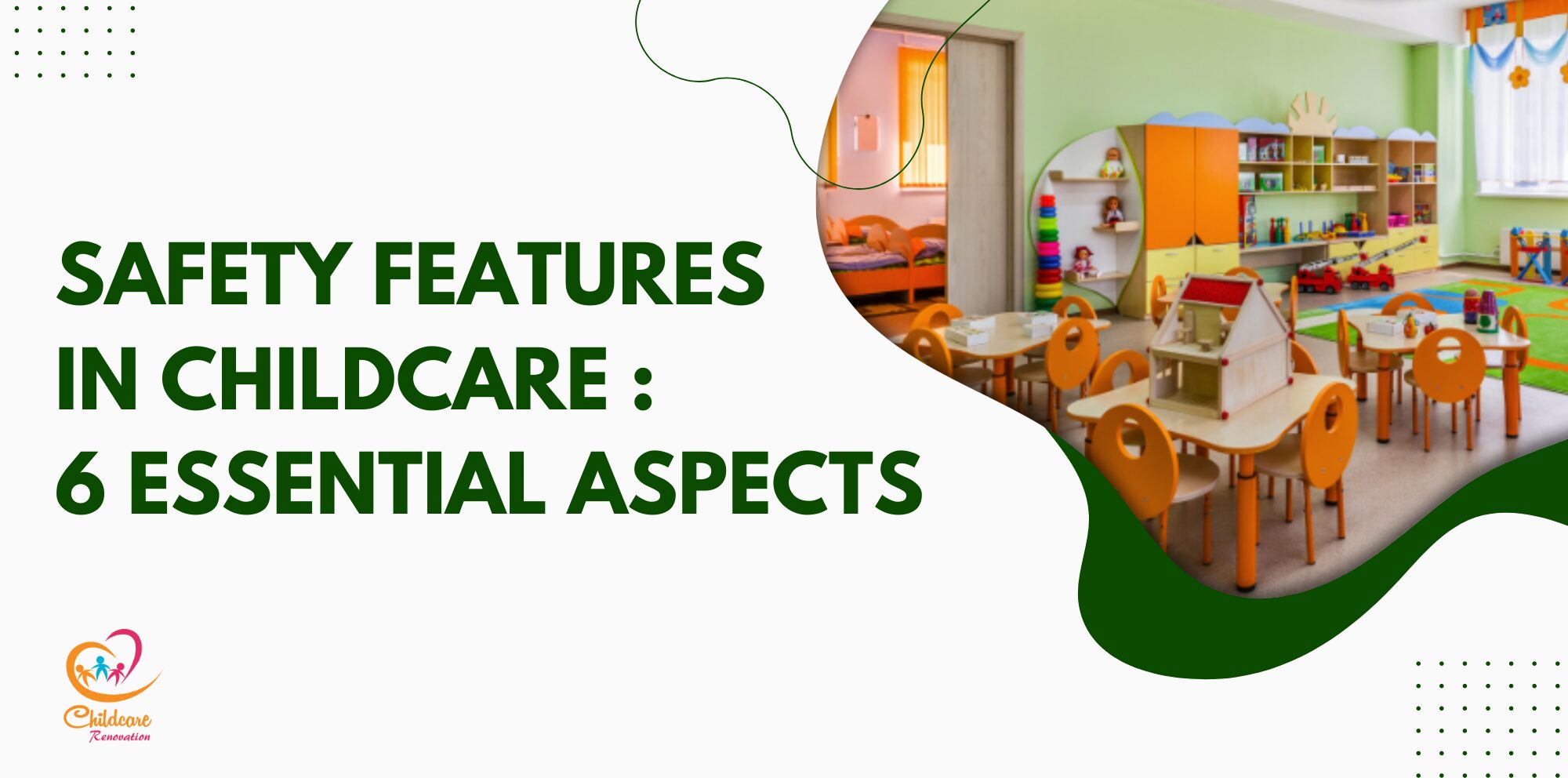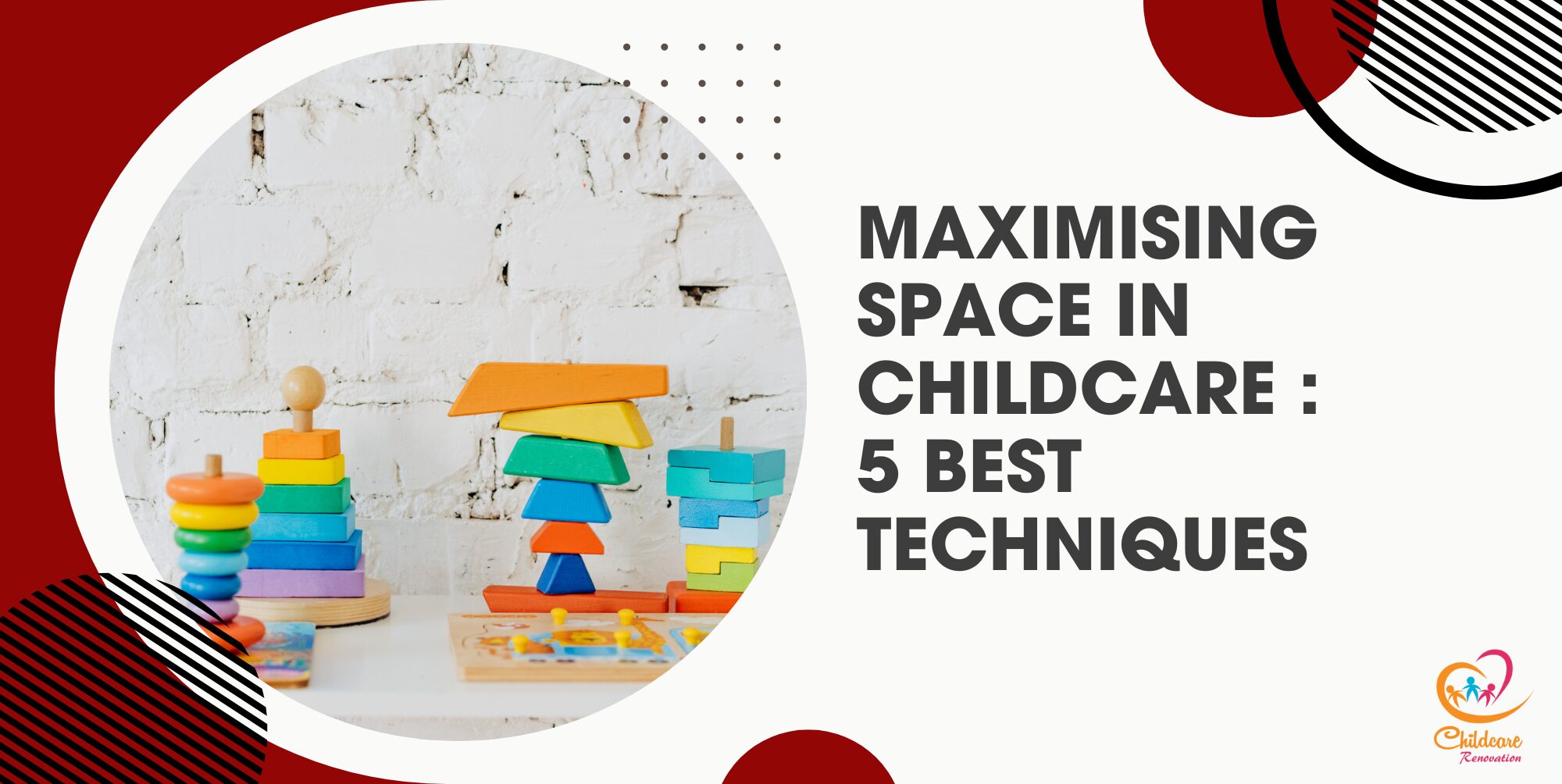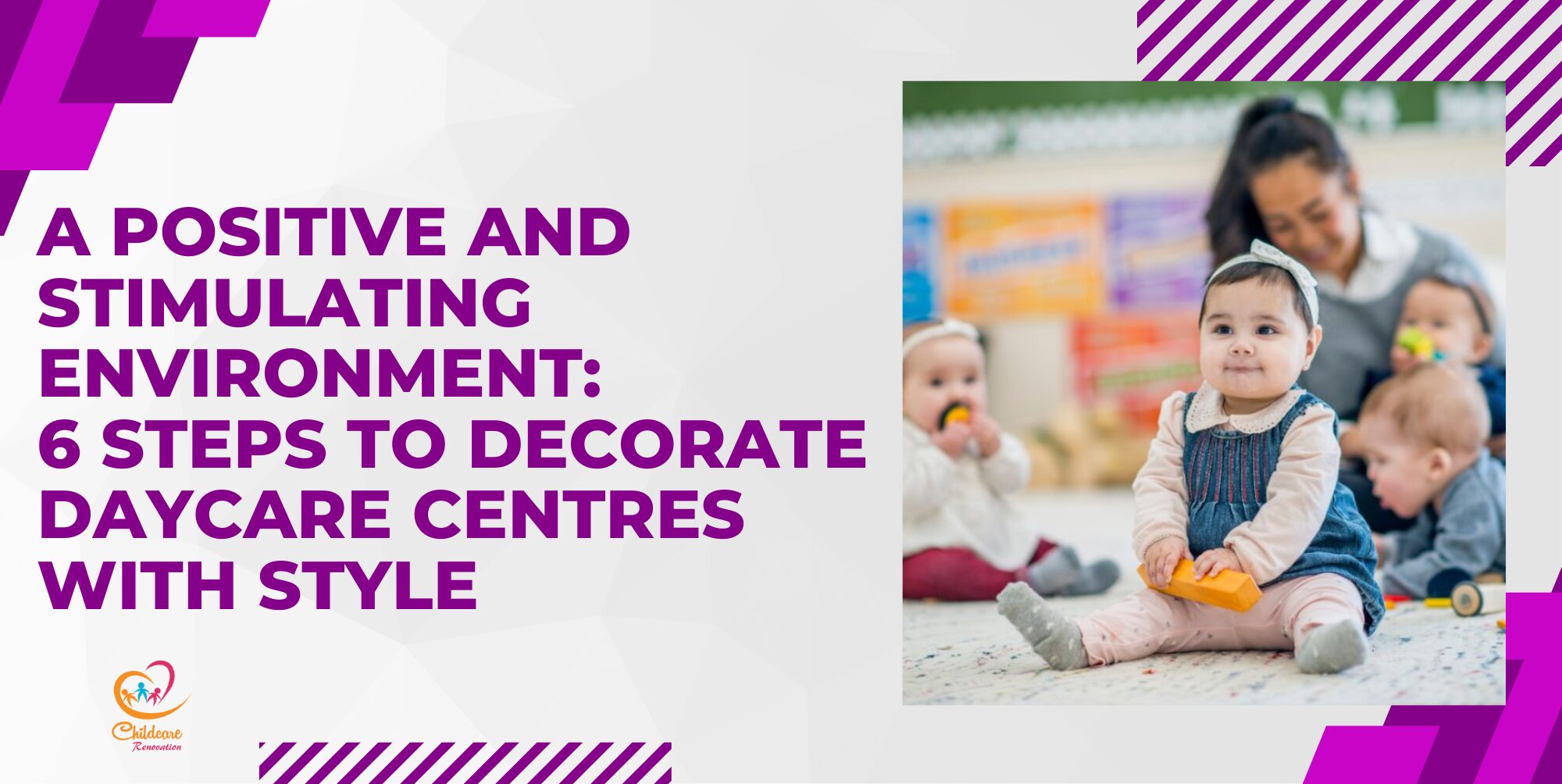Early childhood education has become a crucial aspect of a child’s development. As parents and educators seek to create an optimal learning environment for young minds, the significance of childcare classroom design has come to the forefront.
A classroom with rows or columns of desks with the teacher standing at the front is a common classroom layout that you can find in most schools. But how a classroom is designed can significantly impact a child’s learning experience, fostering creativity, curiosity, and overall cognitive development.
A study that was done in Germany relating to the seating layout of a classroom found that students were more receptive when they were seated in a semicircle rather than in rows and columns. Eric Newton, Innovation Chief at Arizona State University, has also mentioned that the space’s physical design helps promote collaboration. In this article, we will explore how childcare classroom design can affect the learning environment.
1. The Impact Of Lighting On Childcare Classroom Design
Lighting can influence the learning environment and overall well-being of young children. Proper lighting enhances the visual appeal of the space and plays a vital role in fostering a positive and conducive atmosphere for learning and development.
Incorporating natural light into your childcare classroom design can help to create a sense of physical and mental comfort, contributing to a happier and more productive learning environment. Well-lit classrooms reduce eye strain and fatigue, allowing children to focus better on their activities and learning materials.
Lighting has a profound impact on mood and emotions. Soft and warm lighting can create a comforting and soothing atmosphere. On the other hand, brighter and cooler lighting can simulate energy and enthusiasm during play and interactive learning activities. Appropriate lighting can improve children’s ability to concentrate and sustain attention on tasks.
2. The Impact Of Layout On Childcare Classroom Design
An efficiently designed layout promotes safety and organization and facilitates engagement, exploration, and social interaction. The traditional classroom layout will consist of teachers standing in the front, and seats and tables are arranged in rows or columns.
Research has shown that arranging the seats into groups or semicircles can improve all aspects of learning. An adaptable layout provides the flexibility to accommodate various learning activities and changing needs. Movable furniture or modular pieces can be easily rearranged to create different configurations, promoting a dynamic and engaging learning experience.
Strategic layout planning can facilitate social interaction among children. Grouping desks or tables together encourages collaboration and teamwork during learning exercises. Play areas should have sufficient space to allow children to engage in group activities and develop essential social skills.
3. The Impact Of Flooring On Childcare Classroom Design
Video Credit: Greatmats
Most often, the flooring materials that are used in childcare are overlooked. The choice of flooring material not only affects the aesthetics of the space but also influences safety, comfort, and acoustics.
A noisy classroom can be a distraction to students and teachers. Hard surface flooring, such as tile or hardwood, can create excessive noise and eco. It can lead to distraction and difficulty in communication.
You should choose an acoustic flooring type to create an effective learning environment. Flooring material such as carpet or cork can help to absorb sound and reduce noise.
When choosing the flooring material, you should also consider the safety of the children. The right flooring can help to reduce the risk of injuries from slips and falls. Choose a soft and resilient material that provides a cushioned surface that minimizes the impact of falls and offers a safer environment for children.
4. The Impact Of Furniture On Childcare Classroom Design
Whether at home, in the office, or school, the choice of furniture can greatly impact their comfort, engagement, and ability to interact with the learning space. It can affect the effectiveness of students’ learning.
Choosing age-appropriate and ergonomically designed furniture ensures the physical comfort of young children. Chairs and tables at the right height support proper posture, can reduce discomfort, and allow children to focus more on their tasks.
Inclusive furniture design considers the diverse needs of all children. Choosing child-friendly furniture helps promote a sense of belonging and ensures that every child can comfortably participate in classroom activities.
Consider including storage solutions in your childcare classrooms. Child-friendly shelves, bins, and cubbies help keep the classroom organized and tidy.
5. The Impact Of Plants On Childcare Classroom Design
Introducing plants into the childcare classroom can profoundly impact the learning environment and the overall well-being of young children. Plants bring a touch of nature indoors and offer numerous benefits that contribute to a nurturing and stimulating space.
Plants have a natural calming effect on the environment. Greenery can reduce stress and anxiety in both children and educators, creating a peaceful and nurturing ambiance within the classroom.
Studies have shown that exposure to nature positively affects memory, attention span, and problem-solving skills. Plants in the classroom can improve children’s focus on learning tasks.
6. The Impact Of Colors On Childcare Classroom Design
Research has shown that colors can affect the emotion of a human being. It can promote either positive or negative feelings. You can choose the colors according to the purpose of the room, whether relaxation, collaboration, study, or testing.
Colors such as red and yellow can elicit feelings of energy and enthusiasm. While softer pastel colors like blue and green can promote a sense of calmness and relaxation. Choosing an appropriate color scheme can create a harmonious and emotionally supportive learning environment.
Colors can also inspire creativity and imaginative play in young children. Warm and inviting colors can encourage them to explore and express their creativity. A carefully chosen color palette can create a stimulating, inclusive, and supportive learning environment for young children, fostering their overall growth and development.
Speak with The Experts
Planning to get started at your kindergarten but have no idea about it?
Childcare Center Renovation Singapore is a reliable company for renovation and interior design. They have about ten years of experience in this field and have a good reputation among customers.
Call us now to get your desired kindergarten design ideas now!

